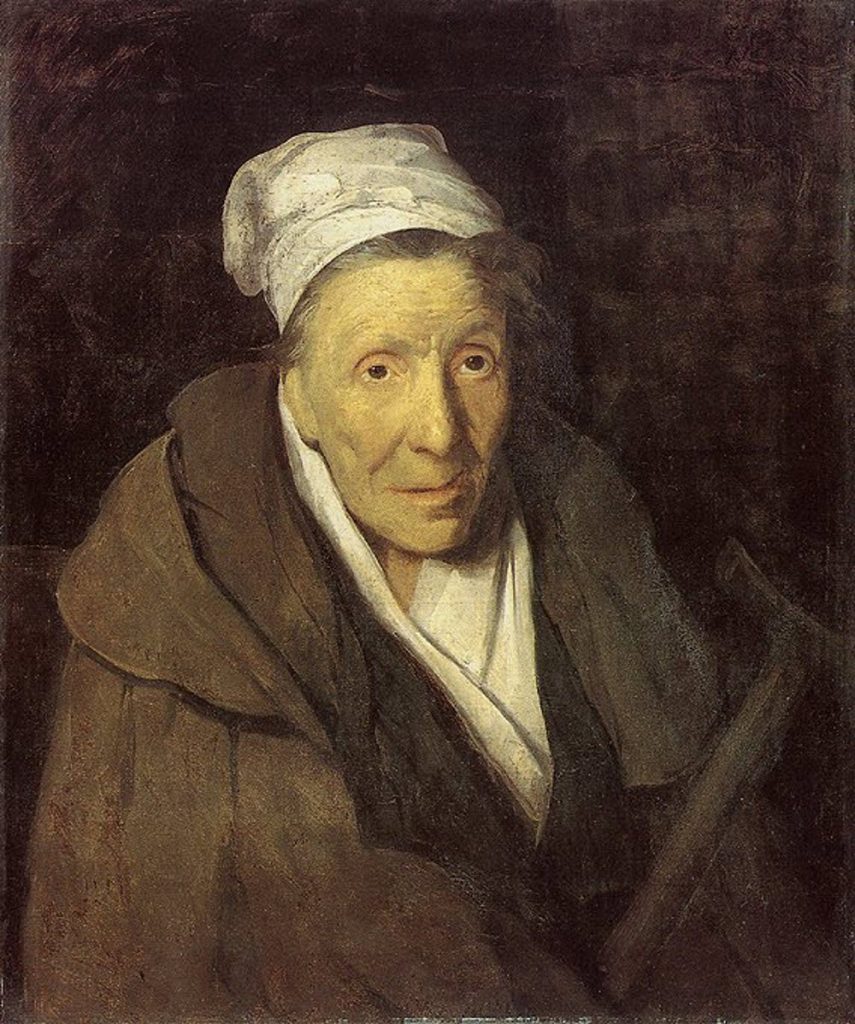Theodore Gericault – The Woman with a Gambling Mania – 1822

This seemed appropriate, somehow. Via Sippican Cottage
Wikipedia:
Jean-Louis André Théodore Géricault (French: [ʒɑ̃ lwi ɑ̃dʁe teodoʁ ʒeʁiko]; 26 September 1791 – 26 January 1824) was an influential French painter and lithographer, known for The Raft of the Medusa and other paintings. Although he died young, he was one of the pioneers of the Romantic movement.
Born in Rouen, France, Géricault was educated in the tradition of English sporting art by Carle Vernet and classical figure composition by Pierre-Narcisse Guérin, a rigorous classicist who disapproved of his student’s impulsive temperament yet recognized his talent.[1] Géricault soon left the classroom, choosing to study at the Louvre, where from 1810 to 1815 he copied paintings by Rubens, Titian, Velázquez and Rembrandt. During this period at the Louvre he discovered a vitality he found lacking in the prevailing school of Neoclassicism.[1] Much of his time was spent in Versailles, where he found the stables of the palace open to him, and where he gained his knowledge of the anatomy and action of horses.[2]
Géricault’s first major work, The Charging Chasseur, exhibited at the Paris Salon of 1812, revealed the influence of the style of Rubens and an interest in the depiction of contemporary subject matter. This youthful success, ambitious and monumental, was followed by a change in direction: for the next several years Géricault produced a series of small studies of horses and cavalrymen.[3] He exhibited Wounded Cuirassier at the Salon in 1814, a work more labored and less well received.[3] Géricault in a fit of disappointment entered the army and served for a time in the garrison of Versailles.[2] In the nearly two years that followed the 1814 Salon, he also underwent a self-imposed study of figure construction and composition, all the while evidencing a personal predilection for drama and expressive force.[4]
Ah, tortured artists, where would we be without them? Still, work like his series of portraits of the inmates of an asylum show his ability to capture the heart of the human condition on canvas, something many of the later Romanticists never could do.
Enjoy him as I do- oooh, pretty pictures!